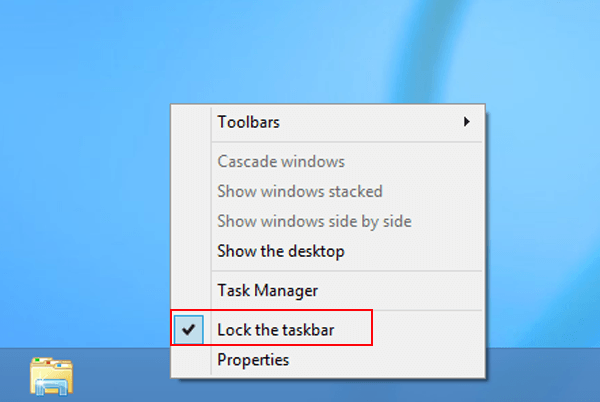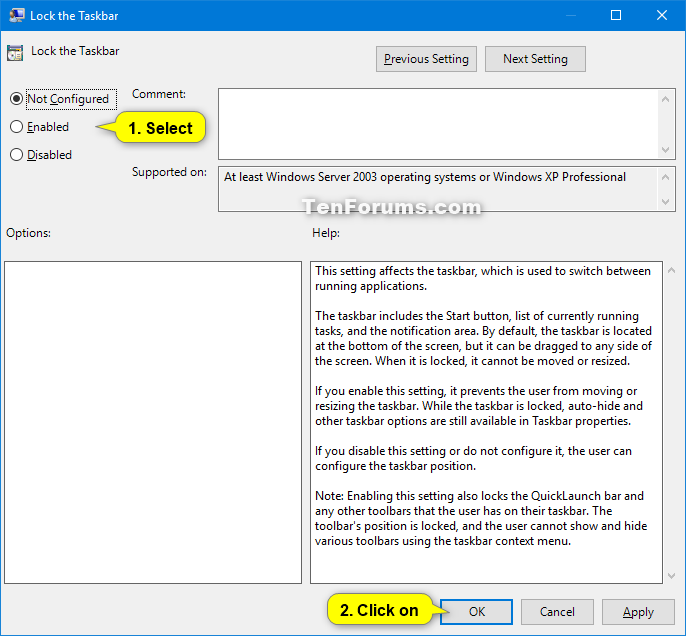
As with menus, you can press theĭimmed Menu Items - When a menu title is dimmed, that selection Mentioned above to choose entries in the submenu. If the entry displays a submenu, you can then use any of the techniques Use the arrow keys to choose entries sequentially (then press ENTER to execute),Ĭlick on an entry, or simply press the key that corresponds to the underlined character If the menu is currently displayed, you can click on an entry with the mouse or With practice, shortcuts can lead to greater There are several ways in which you can choose a menu entry that performsĪn action or displays a dialog box. the File menu can be accessed byĪ menu displays entries grouped according to the types of operations Of making a selection, click on its title in the menu bar (or press AL T, followedīy the underlined letter in the menu name). The way to various tasks necessary for design. Before you begin to design and draw using theĪutoSPRINK CAD system, review the information below or use other sources to gainĪ cross the top of the AutoSPRINK screen, a row of menu selections point Toīe proficient with the AutoSPRINK system, you must first understand some basic factsĪbout the use of Windows controls. The AutoSPRINK CAD system is constructed around The Windows operating systems. If you change a setting or display a toolbar while using Word, that setting or toolbar will be visible when composing new email too.įollow the directions at Removing the Acrobat Toolbar from Outlook to hide or disable the Acrobat add-in.AutoSPRINK Training Site - Microsoft Windows Basics (AutoSPRINK) The toolbars shown when you compose a new message using Microsoft Word as the editor are stored in Word's normal.dot template.


These folders are hidden, so you either need to paste the path into Windows Explorer (changing the username) or change the Windows Explorer options to show hidden files and folders. In Windows 7 or Vista, look for outcmd.dat at C:\Users\username\AppData\Roaming\Microsoft\Outlook. In Windows XP or Windows 2000, outcmd.dat is located at C:\Documents and Settings\username\Application Data\Microsoft\Outlook. If you haven't customized any toolbars, outcmd.dat won't exist. You can delete or rename this file to reset your toolbars to the default configuration and Outlook will recreate it. Outlook stores toolbar information in a file called outcmd.dat. Outlook does not have a "lock toolbar" feature, leaving your only choices to disabling the toolbar that is causing them to move or using the default toolbar layout.


 0 kommentar(er)
0 kommentar(er)
